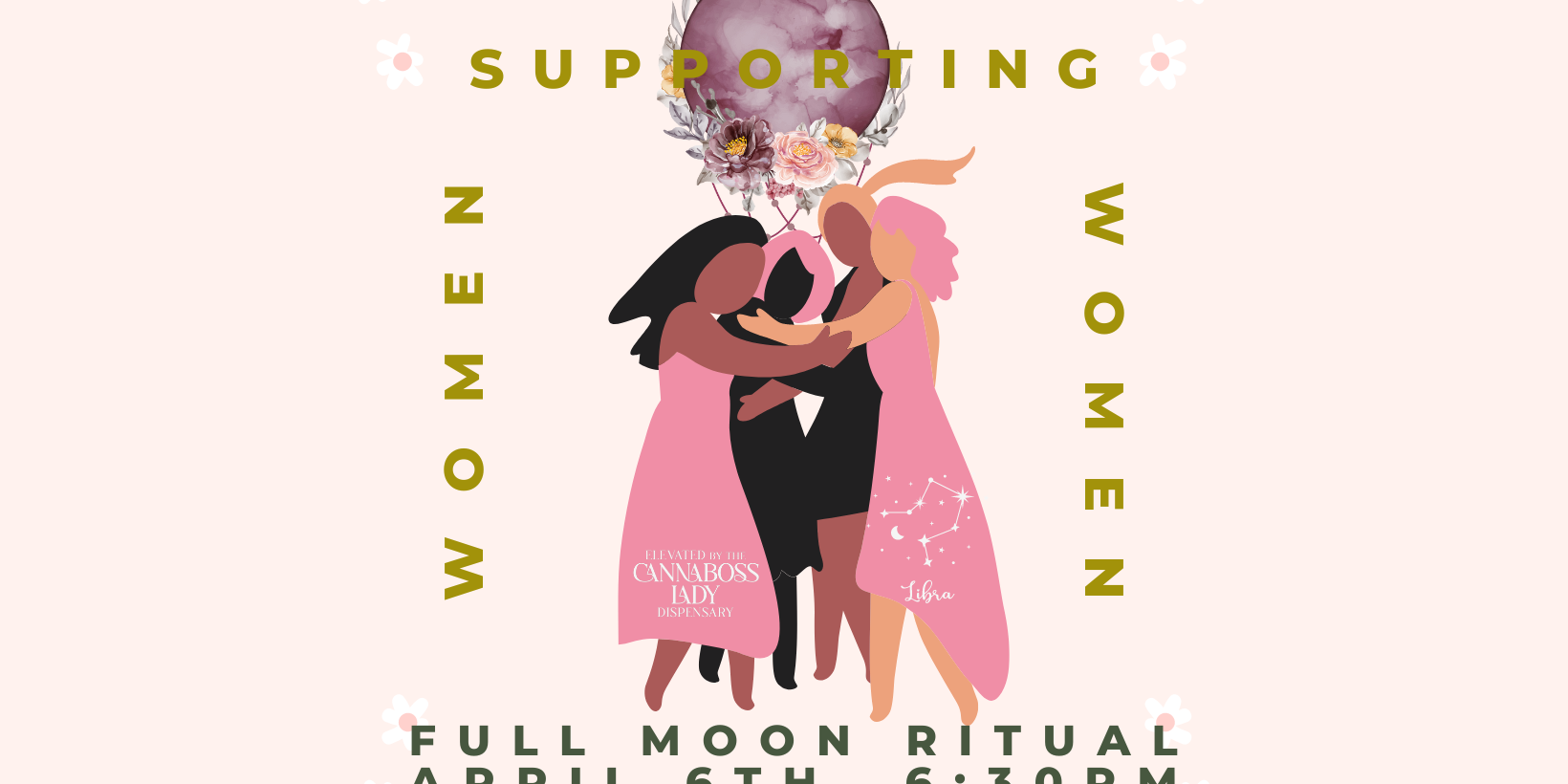

Hemp and marijuana both belong to the cannabis species of plant. Notably, however, to be classified as hemp, cannabis, unlike marijuana, must contain under .3% THC. Given that low concentration, it simply cannot get you high. Notwithstanding this important distinction, however, hemp long has suffered greatly from guilt by association with cannabis. This is a bit of a historical anomaly since it not only has been farmed openly by man since 8000 BCE but, among other things, even bears the original of the Declaration of Independence!
People do seem to be coming around, albeit slowly, to a sensible approach, however, unlike marijuana, hemp is grown legally under federal law, and is legal under the laws of 46 states. While we certainly believe there are many benefits of THC when used responsibly, we focus here on the demonstrable benefits of the hemp plant. Most people have a very basic idea that hemp is good for the environment. Hemp, however, might just be a major pathway to a more sustainable and environmentally friendly future
Just how beneficial can hemp be for the environment? The answer, plainly stated, is very beneficial. Probably its most significant benefit lies in its potential to reduce global warming, the signs of which unfortunately are becoming more and more obvious. Acceptance should not be that difficult to achieve. Hemp already, according to Forbes research, is used in over 25,000 products globally. Building on this, however, hemp, an ecologically valuable plant, would be a great replacement for not only paper but also for carbon-based plastic, one of the greatest contributors to the damage to our ecosystems! Hemp can be combined with other plant sources to create other materials which can be used for everything from cups to car parts! It also is known, by area, to absorb more C02 (carbon dioxide) one of the most common greenhouse gasses responsible for climate change, than trees! Not only that, but hemp plants reach maturity much faster, shooting up to 13 feet in only 100 days. (High-Grade Hemp Seed)
What other good uses are there for hemp? Clothing, for one! Patagonia is just one example of a popular, well-known clothing label that uses hemp to manufacture clothing. Clothing made of hemp fiber is absorbent, lightweight, and is at least three times the strength of cotton! (Earth Easy). Hemp farming uses only half of the water that cotton does and an acre of hemp provides twice as much fiber as two to three acres of cotton. The seeds from the hemp plants also can be used for food, flour, and cooking oil. They are considered to be nut and are a good source of iron, vitamin E, manganese, b-vitamins, and zinc. They also contain all nine essential amino acids and are a great source of plant-based protein for vegetarians. Beyond this, hemp requires little use of pesticides and chemical compounds known for harming wildlife, damaging soil, and contaminating water. The potential for wider use and the resulting ecological benefit is tremendous.
Hemp still is not legal in all states because of the stigma surrounding marijuana, but luckily it seems like more and more people are waking up to the benefits. If we want our children to live on a healthy planet, we need to start listening to the science, which dictates that we should embrace hemp, with its demonstrated benefits for both the environment and our world economies.
More Reading:
April 2, 2025
The SOMA Boss Ladies of Cannabis Jill Cohen of South Orange and Wadeeha Jackson of Maplewood represent the pioneering spirit of the cannabis retail scene, helping other women- and Black-owned businesses make their way in the industry. written by Mary Barr Mann March 26, 2025
0 Comments2 Minutes
September 12, 2023
Float & Toke with Flying Witches – Aire Fitness x CannaBoss Lady x General Store
0 Comments1 Minute











